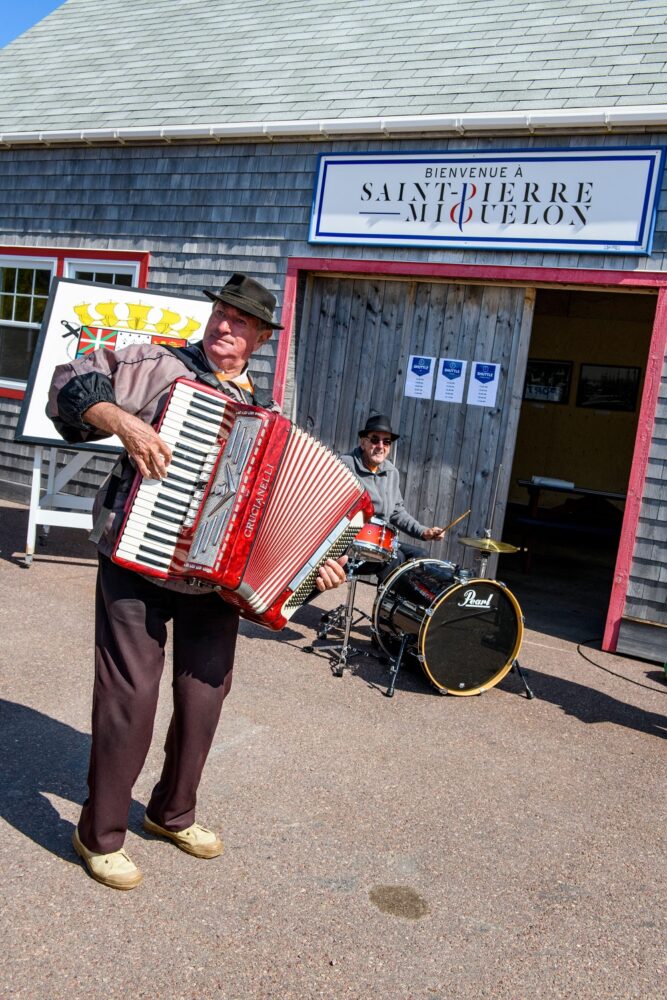St. Pierre et Miquelon
These small islands are the last vestige of once-sprawling New France
Published: November 30, 2020
Last Updated: June 27, 2023

Alison Wright / Alamy Stock Photo
The Seven Years’ War was a disaster for France. The eventful conflict had started as a quarrel over a chunk of southern Poland but spiraled into the first world war, with battles for colonial holdings in Asia, Africa, and the Americas along with showdowns across Europe. Skilled and lucky British generals and the inconvenient death of the allied empress of Russia left France in dire straits; Madame de Pompadour, royal mistress and hairstyle originator, had to scamper through Versailles scooping up gold and silver décor to fund the war effort. The resulting Treaty of Paris (1763) saw France pushed out of mainland North America completely. Louis XV retained only a constellation of Caribbean islands, where slave-labor-based sugar plantations lined the pockets and rotted the teeth of the European elite, and St. Pierre and Miquelon, two small islands off the Newfoundland coast, valuable as a stopping place for fishermen. Today, these islands are the only part of once-vast New France to remain in French hands.
The French occasionally had to hold on tight to their lingering American toehold. The islands, conveniently or inconveniently close to British Canada depending on whether a war was ongoing, were attacked during the American Revolution and their populations deported to mainland France. Some returned at the war’s end in 1783. The guillotining of hapless Louis XVI ten years later led royalist-leaning islanders to decamp for a Québécois archipelago, the Magdalen Islands; their former neighbors who had stayed on the islands found themselves captured by the British and imprisoned in Halifax for two years. St. Pierre and Miquelon bounced back and forth between the British and French during the remainder of the long French Revolutionary and Napoleonic Wars, with both nations sending settlers to the islands who were then forcibly evicted when the tide turned. France ultimately retained St. Pierre and Miquelon, and by 1816 French fishermen again plied the fertile waters around them.
The excitement temporarily over, the islands prospered over the remainder of the nineteenth century, until a 1904 shift in trade agreements between Britain and France. France abandoned its exclusive right to fish certain waters near Newfoundland in favor of a freer hand in Africa, and St. Pierre and Miquelon were suddenly a far less strategically placed asset. The local economy was thrown a temporary lifeline with the adoption of Prohibition in the United States; the archipelago’s iffy jurisdiction and access to both Canadian whisky and French wine made it a smuggler’s dream, but the boom only lasted until America went back off the wagon in 1933. When France fell to Nazi Germany in 1940, the Canadian and US governments considered nabbing the Vichy-controlled foothold; after de Gaulle sent a small force to place the islands under the control of Free France, the United States objected on the grounds of the Monroe Doctrine. But cooler heads pointed out that there were far larger fish to fry, and the islands again remained with France.
The islands have seen calmer days recently. Agreements between France and Canada allow the approximately 6,500 residents to receive some services in Newfoundland, and their status as a small but consistent footnote to world events has helped the islands develop a tourism industry. Their history as a contested colonial holding with a past marred by eviction and displacement resonates with history-minded Louisianans; others will smile in recognition at their pitch to modern tourists eager to make the trip for a taste of French-style joie de vivre without leaving North America.
Chris Turner-Neal is the managing editor of 64 Parishes.
